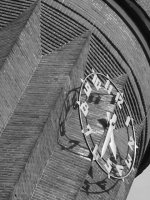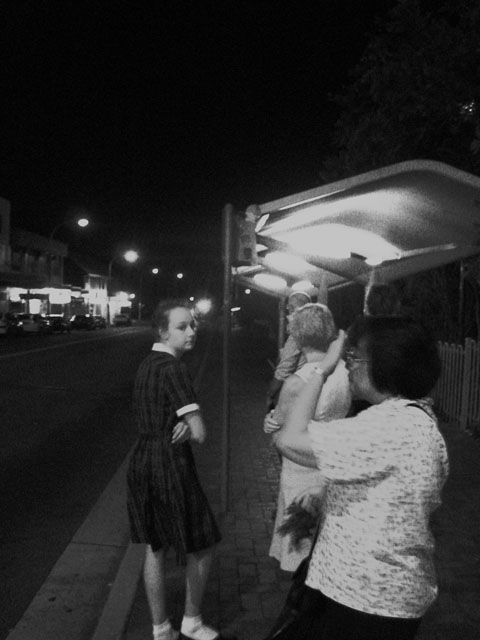ampguy said:
I like the walk through of Omaha. I've never been there, but it's different than I imagined. What comes to mind are some big buildings in the center of town, possibly an insurance building!
That walk-through is far away from the central business district, which is quite built up and has, yes, several insurance buildings. The one you're probably thinking of is the long-standing flagship building on the Mutual Of Omaha campus, surrounding 33rd. St.
There's some of Omaha's urban core on these pages:
http://omababe.blogspot.com/2007/02/look-through-any-window.html
http://omababe.blogspot.com/2007/01/city-streets.html
Of course there's some Chicago, Lincoln, and maybe some others in there too.
Lots of Mexican food and restaurants, I love Mexican food.
And you will notice the absolute zero quantity of chain Mexican places there. None of the tortilla Alpo type places would ever make it in that district!
Yes, this area is predominately Hispanic now. It's always been ethnic, but from the mid 1800s until the mid 1900s was mostly middle-European, Czech, Polish, German, Lithuanian, etc. It seems like the Gen-X and later middle-Europeans fled to the 'burbs or out of the area.
This area is one of the still-vibrant urban business neighborhoods of old construction which is well-maintained and still thriving. It's a part of Omaha that seldom gets any exposure, even though it's directly southwest of the area of Rosenblatt Stadium and the Zoo.
I wonder if there is a "Forgotten Omaha" book at Costco, they seem to have them for many big cities.
There are a lot of Omaha history books out there. The one I recently got to read was
Streetcars Of Omaha and Council Bluffs by Richard Orr, which tells the story of Omaha's once extensive but totally demolished trolley system.
Many of the books on Omaha are not complimentary, they focus on things like dirty politics, hard times, civil unrest and such.
🙁 One book was prefaced with a poem about early Omaha having lines such as "... where all the steamers are aground and all the shantys are afloat" and "... now that you have found it, for God's sake go around it!"
Thanks, and sorry for the digression.
To get back on topic, and I did post some of this in the latest FvD thread here, this was also kind of an eye-opener, in that I became (more) aware that to many, particularly the younger DSLR fans, the (film) Point And Push (is that what we're calling them now?) is not seen as a viable tool for semi-serious photography.
On one of the local (non-photography) boards here, one guy complimented me on the photos, not knowing what I used to take them. He then asked what I used and I told him an Olympus P&S (P&P?). He then said that if he had known "that was all I had", he would have loaned me his DSLR. LOL, some people just don't get it, even those who are supposedly into serious photography.
Oh well ...









